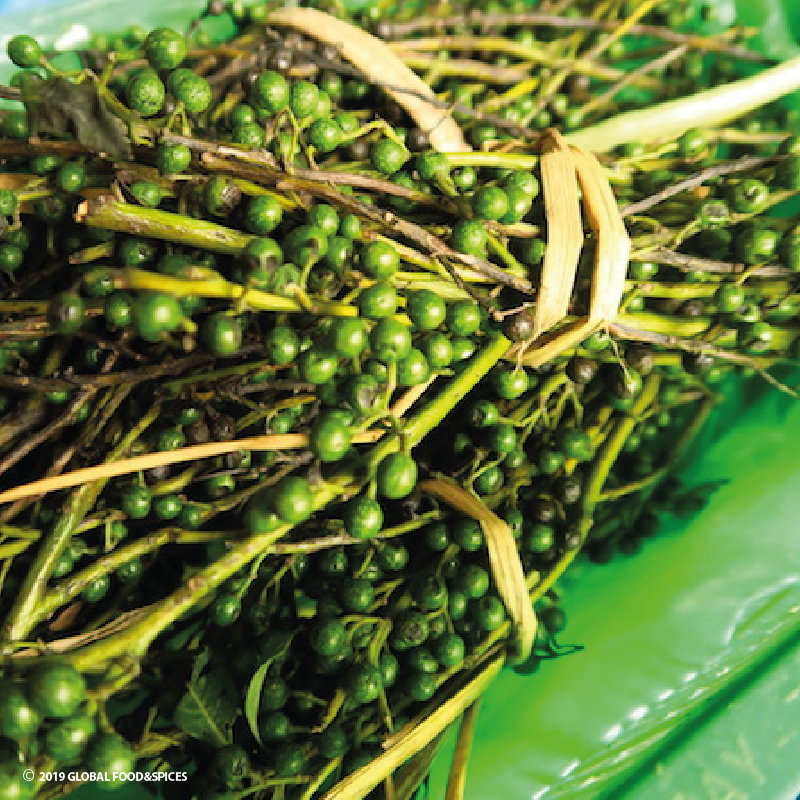depeperwinkel
Siltimur
Siltimur
In stock
Unable to load availability for pickup
The dried berry of the Lindera neesiana is sometimes called a
The Lindera neesiana or Lindera fructicosa is a 5-8 meter tall tree or shrub with greenish-yellow flowers. The 6-8 mm sized fruits develop in summer, which are picked and dried after ripening in August/September. The red fruits then turn red, just like
The name siltimur is derived from the Nepalese name sila ṭimura. The Gurung minority in Nepal calls the plant kudu.
The plant grows in large parts of the Himalayas at altitudes of 1,000 to 2,800 metres in Nepal and India and in forested Myanmar. The berries are traditionally used by the indigenous population as medicine used. Our berries come from northern Nepal.
The plant is rare and has no popular name outside its growing area, although the term cumeo is common. It is a misconception that the plant is a cross between Szechuan
Smell and make
The berries are rich in essential oils, which provide a warm, pleasant aroma and taste. The combination of z- and e-citral, and citronellal, provide citrus notes, alpha- and beta-pinene create a cedar flavor, and eucalyptus provides a woody, slightly camphorated aroma.
- β-pinene *, woody pine scent (cedar), as in cumin, pine (cone), juniper berry and hemp,
- 1,8-cineole, eucalyptol *, the refreshing taste of myrtle (and eucalyptus oil)
- z- and e-citral, sweet citrus flavor of lemon peel
- citronellal, lime leaf (kafir), as in lemongrass and juniper berry
Usage
In Nepalese cuisine, siltimur is used as a
Features:
- 100% berries of the Lindera neesiana,
- foraging
- origin: northern Nepal
Assortment
- available in glass (45 grams), stand-up pouch and test tube (10 ml)
- larger quantities on request
Gift wrapping
- The jar is available in a tasteful gift packaging, consisting of a cube box filled with black tissue paper.
- For an overview of our gift packaging, please refer to the gift packaging section.
General advice
- Siltimur is used whole, crushed. Roast the siltimur beforehand to enhance its aroma (smell and flavor). Also, when grinding siltimur, do so at the last minute.
Save:
- store your siltimur in closed packaging
- preferably store in a dark, dry and cool place
- best before December 2026 (12-2026)
- This expiration date is an indication
Would you like to know what siltimur tastes like?
Batch number
The batch number helps us track which batch an item originates from. It's listed on the packing slip and invoice.
Share







